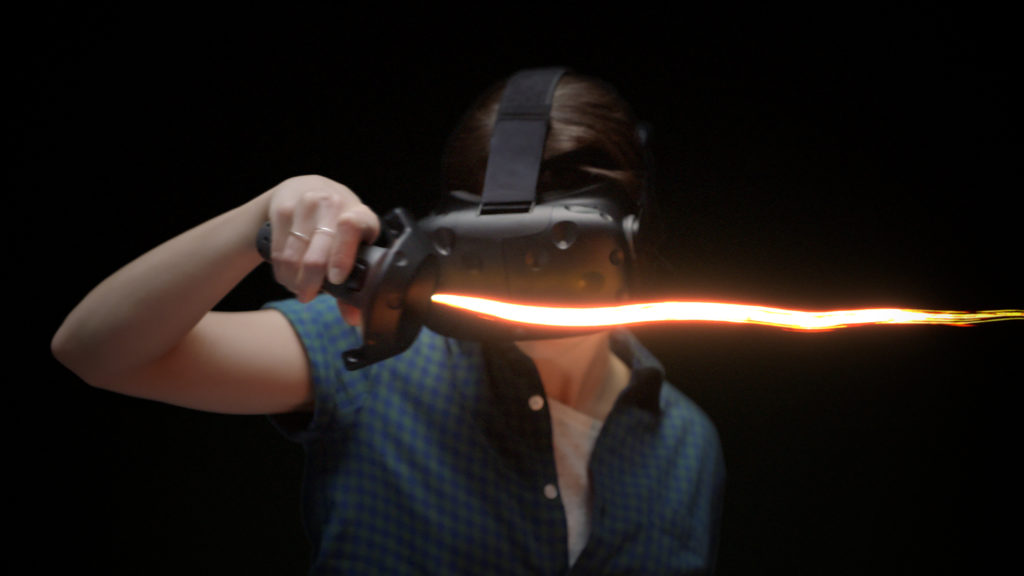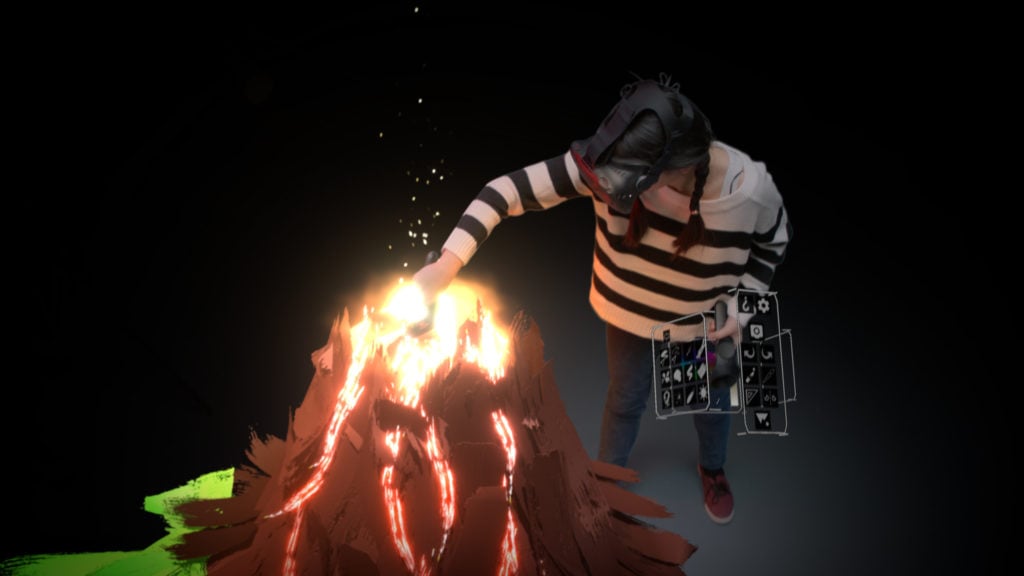Art & Exhibitions
London’s Royal Academy of Arts to Stage First 3-D Printed VR Exhibition
Viewers will be able to walk through works as they appear around them.

Viewers will be able to walk through works as they appear around them.

In January of 2017, the Royal Academy of Arts is joining forces with HTC Vive to present a pop-up exhibition unlike any other. For the first time in history, “Virtually Real” will transform digital creations made using VR software into physical realities.
Working in collaboration, Royal Academy graduates Elliot Dodd and Adham Faramawy, with third-year Academy student Jessy Jetpacks, will use software such as HTC Vive, Kodon, and the Tilt Brush by Google to produce installations that challenge the conventional parameters of gravity, time, and media.
Their creations will be the first-ever virtual reality works to be 3-D printed and exhibited, enabling viewers to explore them not only as digital conceptions, but as tangible forms.

The Google Tilt Brush in use. Photo courtesy of (c) HTC Vive.
Throughout the exhibition, viewers will be invited to experience the installations in multi-dimensional ways that range from being able to walk through, over, and under a piece as it virtually appears around them, to interacting with a physical 3-D form after witnessing the process of its making.
Although it only lasts for four days, “Virtually Real” will offer viewers an immersive experience that is not to be missed, tickets are set to go on sale soon on the Royal Academy’s website.
“Virtually Real” will be on view in the Fine Rooms at the Royal Academy from January 11-14, 2017.